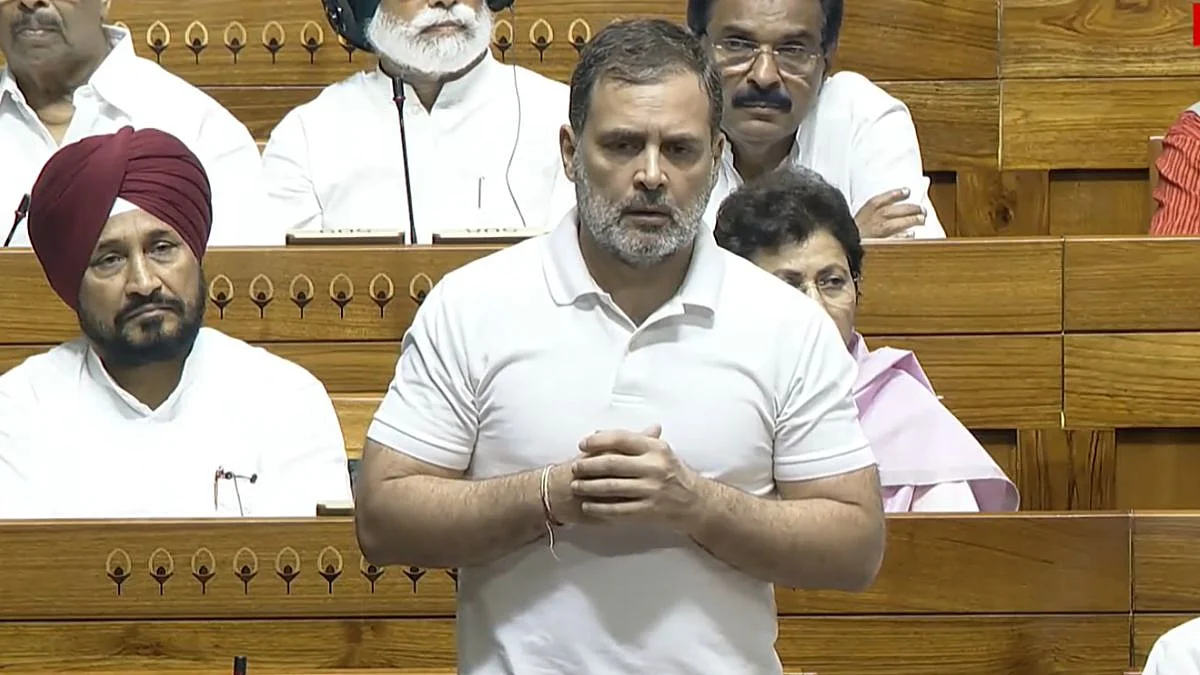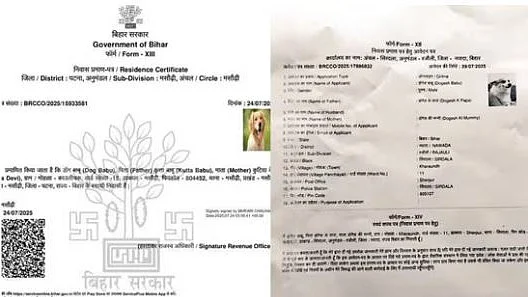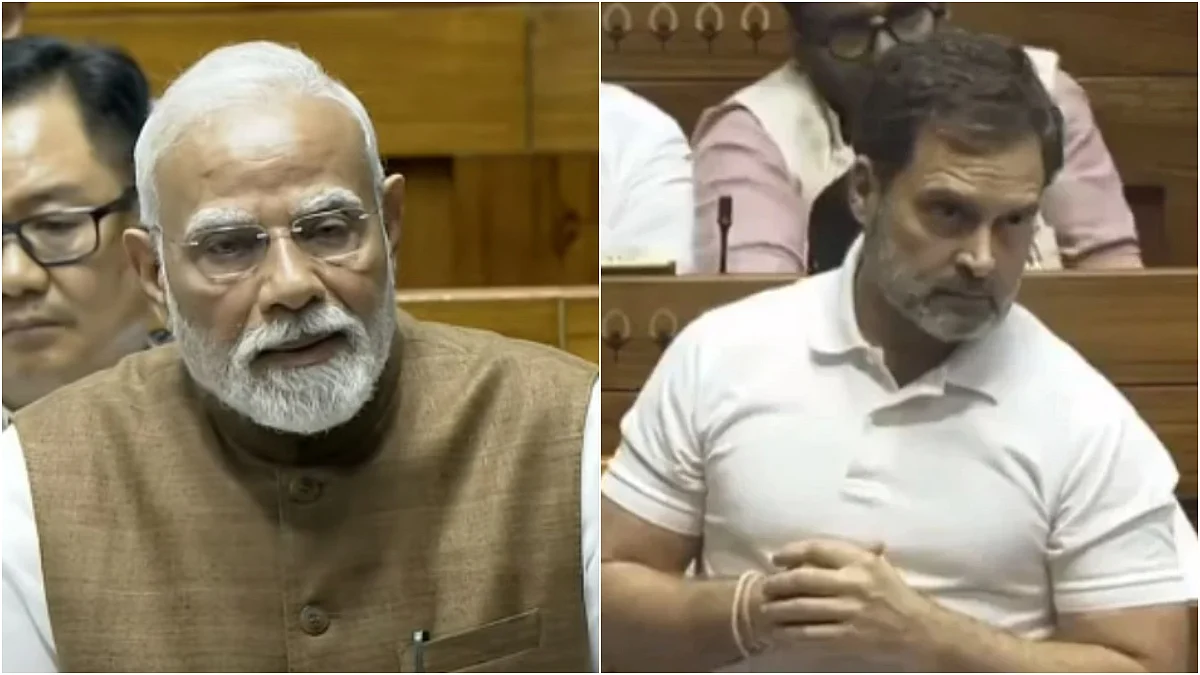Recently, the honourable judges of the Supreme Court observed that their oral comments, queries and questions posed during the course of proceedings are aimed at seeking proper response from the appearing counsel, and are not judgments. One example was the hearing in the “hijab ban” case which concluded with a split verdict being rendered. During the course of this case, the remarks and observations of the learned judges invited critical comments. The judges brought up very delicate and sensitive matters concerning religious freedom. With great respect, much of that was avoidable. Unfortunately, much of what was discussed and argued outside entered the courtroom debate and with further great respect found its way into the verdict. When purely local issues get undue publicity and undeserved attention, such a outcome is possible.
Media personnel overpitch issues without knowledge of the law and the nature of litigation that merits an immediate decision. They do not appreciate that there are inherent limitations of the judiciary. It cannot displace the executive in matters of policy. There was a policy while laying down standards and norms of school and pre-university education. The Karnataka Education Act 1983 permits regulation of Education (see 3 of the Act) and further confers power on the Government to give directions (see Section 133). Directions contained in regulations, orders and circulars under the above law carry forward the executive policy, that is to fulfil the Constitutional mandate enshrined in Articles 21A, 45 and 51A thereof.
The state promotes education. It encourages and facilitates taking it. Students belonging to all sections of society irrespective of their gender, caste, creed and religion are covered by the policies, with no discrimination and differentiation while enforcing discipline. Although the overall measures are beneficial, however in certain prescriptions some amount of compulsion is inevitable. In the hijab’s case, lack of power, jurisdiction and authority of the state was never in issue; there were no pleadings of this nature nor foundational materials.
The matter lies in a very narrow compass — whether it was permissible for the state Government and its education department (in charge of school education) to issue directives prohibiting wearing any clothing in addition to the school uniform? The incidental or ancillary issue was whether the bar against additional clothing is limited to the classroom or the premises of educational institutions. In this case, the direction was to Government schools or under private management but imparting secular education. The essence is when present physically, students must wear only the prescribed uniform. The words “uniform” and “dress” are understood differently. They do not mean the same thing. The expression “dress” means clothing, apparel, garb. “Uniform” is a special kind of clothing that is worn by all members of a group or organisation (such as an army or team). Uniform means not varying or changing, staying the same at all times, or for all parts or members.
Education is a charitable, philanthropic activity. The Supreme Court holds that it is an “occupation” and certainly not a business as commonly understood. The dress code takes note of the gender, but not economic status, religion, language, caste etc, and that is undisputed. Students are not allowed to enter a classroom in clothing identifying their religion, is the command. Simply because if students are permitted to add a piece of clothing, their school dress might cease to be a “uniform”. The very purpose of not allowing a coloured scarf or a covering etc signifying religion would be defeated.
In the hijab case, the right to freedom of religion and questions of choice and privacy do not, in my humble opinion, call for any answer. A simple issue was needlessly complicated. There is no discrimination in the prescription of a uniform, was the state’s argument. The correctness or accuracy of it is at the root. The state further asked whether a few students can approach the High Court complaining of discrimination by urging that wearing a hijab over the uniform in schools is their right. The students and the parents were aware that there is freedom to attend religious instruction or religious worship in certain educational institutions, but there is a prohibition against it in educational institutions wholly maintained out of state funds. There could be religious instruction in any educational institution which is administered by the state but established under any endowment or trust, which requires that religious instruction shall be imparted therein.
The schools in question are not instructing the students of a particular religion; they are attended by pupils of all religions. A prescribed curriculum and syllabus are abided by all. The state government had not directed itself to any religious institution. Given the nature of the institution, the students and parents ought to be aware that extreme arguments were out of the question. Yet, for nine days, valuable judicial time was lost in discussing Muslim religion, its integral practices etc. If the point for determination is precise, then the court is expected not to decide anything beyond it. All stakeholders, including the Bar and legal experts, should consider the adverse impact and fallout of their pleas. Delivery of verdicts on mixed issues of fact and law by crowds and non-judicial platforms is proving dangerous. Access to the higher court’s proceedings, through live streaming or otherwise, is not a licence to interfere with their functioning. Jumping to conclusions on presentation of a version by one party shows that elementary principles of adjudication in our adversarial system are found wanting.
Fundamental to all religions is to eschew disrespect and hatred even by the state. Harmony and brotherhood, no dominance of any religion are the Constitutional ethics and morals. Self-discipline and restraint is essential to maintain rule of law. At least, in further hearings of the hijab case, only what is germane and relevant should be presented and decided. Else, justice and peace could be casualties.
Justice Satyaranjan C Dharmadhikari is a retired judge, Bombay High Court










